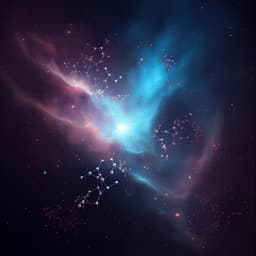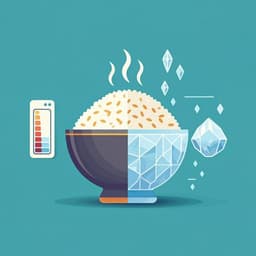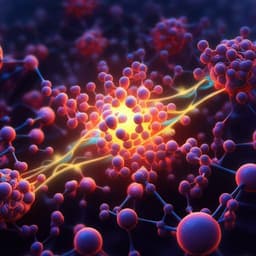
Physics
Laser Cooling of Antihydrogen Atoms
C. J. Baker, W. Bertsche, et al.
Discover the groundbreaking achievement in atomic physics as researchers, including C. J. Baker and W. Bertsche, laser cool antihydrogen for the first time! This innovative experiment promises to enhance our understanding of antimatter, paving the way for more precise measurements and fascinating future studies.
~3 min • Beginner • English
Related Publications
Explore these studies to deepen your understanding of the subject.







